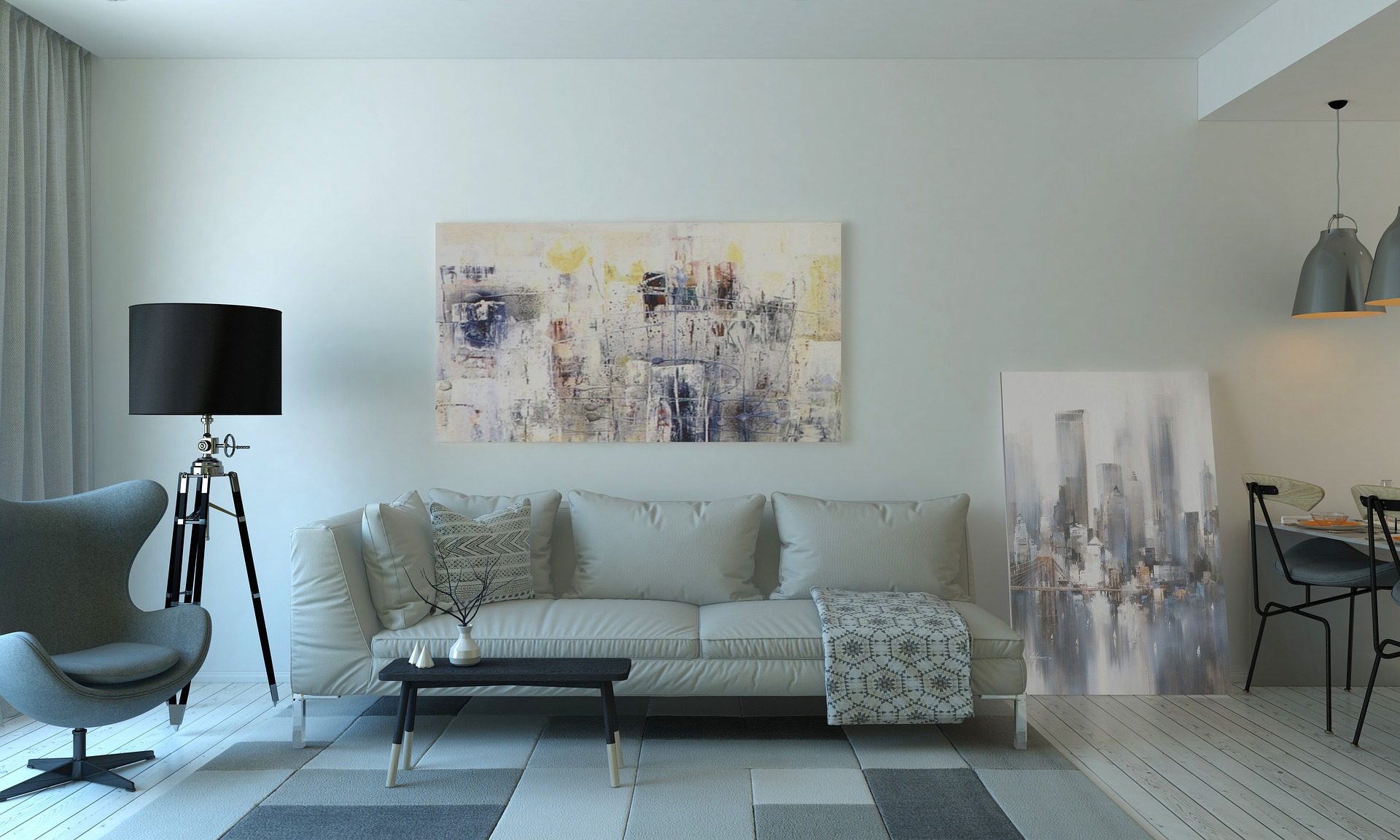Furniture refers to a portable object that supports various human activities such as sleeping, seating, and dining. It is a vital component in homes, offices, and institutions, comprising chairs, tables, desks, and cabinets. Various manufacturers have adopted recycled materials such as salvaged wood, textiles, and wood pallets, as well as natural materials like bamboo, rattan, and seagrasses, owing to growing environmental concerns. It uses raw materials like wood, plastics, glass, iron, and marble. In recent years, furniture manufacturing has experienced a significant shift from manual to semi-automatic and automatic modes of production to create aesthetically superior furniture for residential and commercial use. Nowadays, key players are offering a wide array of multi-functional furniture options in diverse sizes, colors, designs, and styles that enhance the aesthetics, functionality, and storage capacity of homes, offices, and indoor and outdoor areas. These variants provide users with increased comfort and convenience. At present, furniture is gaining immense traction across India due to its ability to improve the aesthetics of a space and provide users with superior comfort and functionality.
The India furniture market is primarily driven by rising demand for modern interior products such as wardrobes and sofas with clean lines and minimal ornamentation. India, known for its rich handcraft and traditional art and style, has a unique and exceptional furniture design industry. Over the years, the educational sector has also recognized the significance of furniture in creating interactive classrooms. In line with this, rapid expansion in the furniture industry and rising demand for modular and state-of-the-art furnishings in urban areas are positively influencing market growth. Moreover, the increasing number of hotels and rapid growth in the hospitality sector have augmented the product demand. Apart from this, the rapid expansion in the Indian residential real estate industry and the expanding population across the country represent other major growth-inducing factors.
Along with this, several key players are investing extensively in research and development (R&D) activities to introduce advanced technologies, such as 3D animation and visualization of furniture, thereby propelling market growth. Other than this, the rising demand for lightweight, versatile, and portable furniture with optimal storage capacity due to elevating income levels, changing lifestyles, and improving living standards of individuals has catalyzed market growth. Besides this, the increasing number of people experiencing postural dysfunction has augmented the demand for ergonomically designed furniture, which helps prevent posture and health issues in adults and children.
Along with this, the increasing number of nuclear families in the country has accelerated the sales of foldable and compact furniture, ideal for smaller spaces. Furthermore, the leading furniture manufacturers are collaborating with interior designers to broaden their market reach and attract a wider customer base by introducing new designs. In line with this, the rising incorporation of sustainable materials such as recycled wood, textiles, and wood pallets to create eco-friendly furniture has accelerated the product adoption rate. In addition, easy accessibility of innovative furniture products through online shopping platforms is contributing to the market growth. Overall, the India furniture industry is a dynamic and rapidly evolving market that is expected to continue to expand in the coming years, fueled by numerous factors such as increasing demand for affordable housing, rapid growth in the travel and tourism industry, and expanding e-commerce platforms.

As the editor of the blog, She curate insightful content that sparks curiosity and fosters learning. With a passion for storytelling and a keen eye for detail, she strive to bring diverse perspectives and engaging narratives to readers, ensuring every piece informs, inspires, and enriches.










